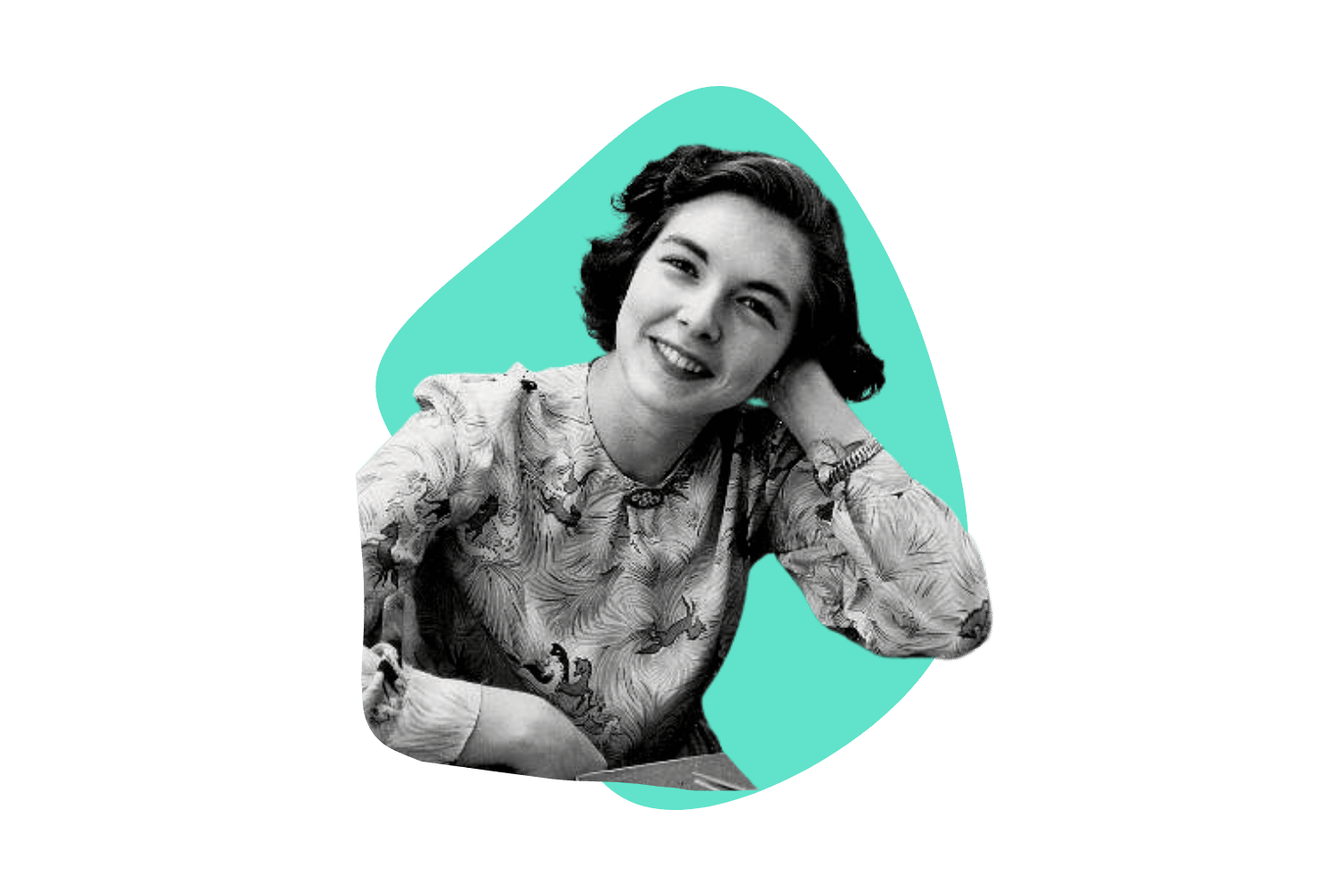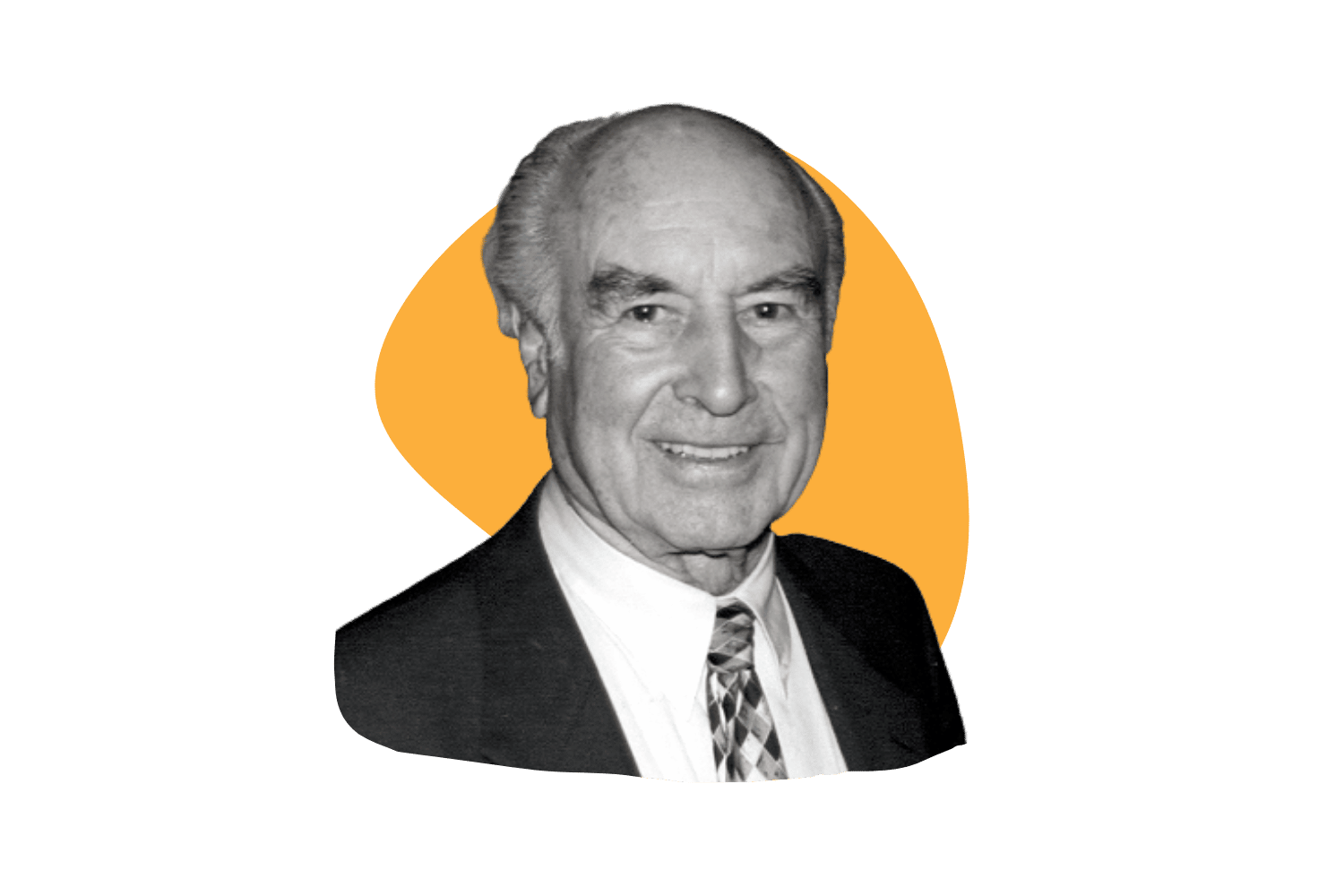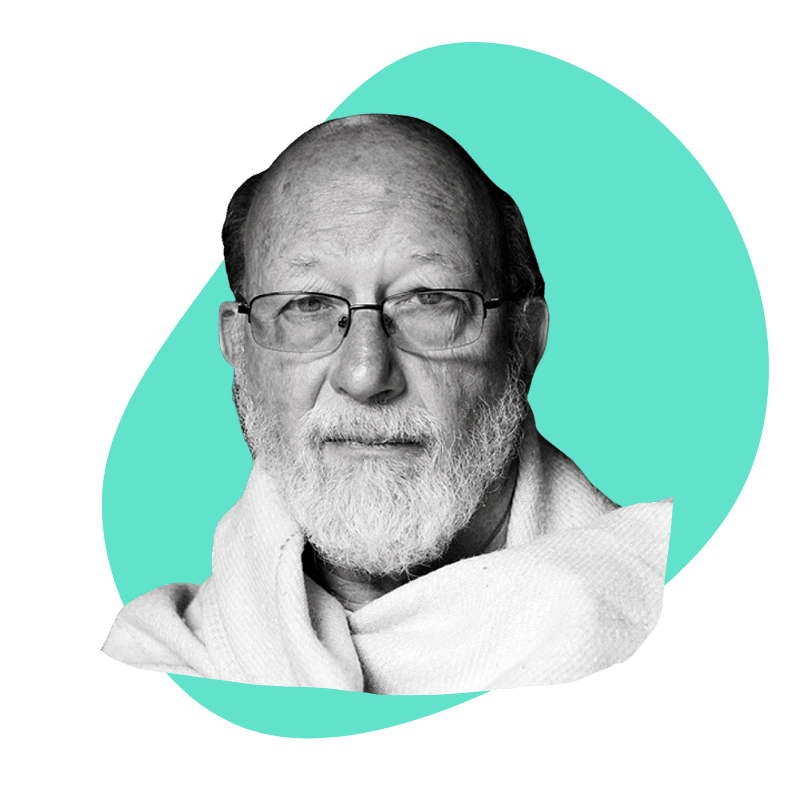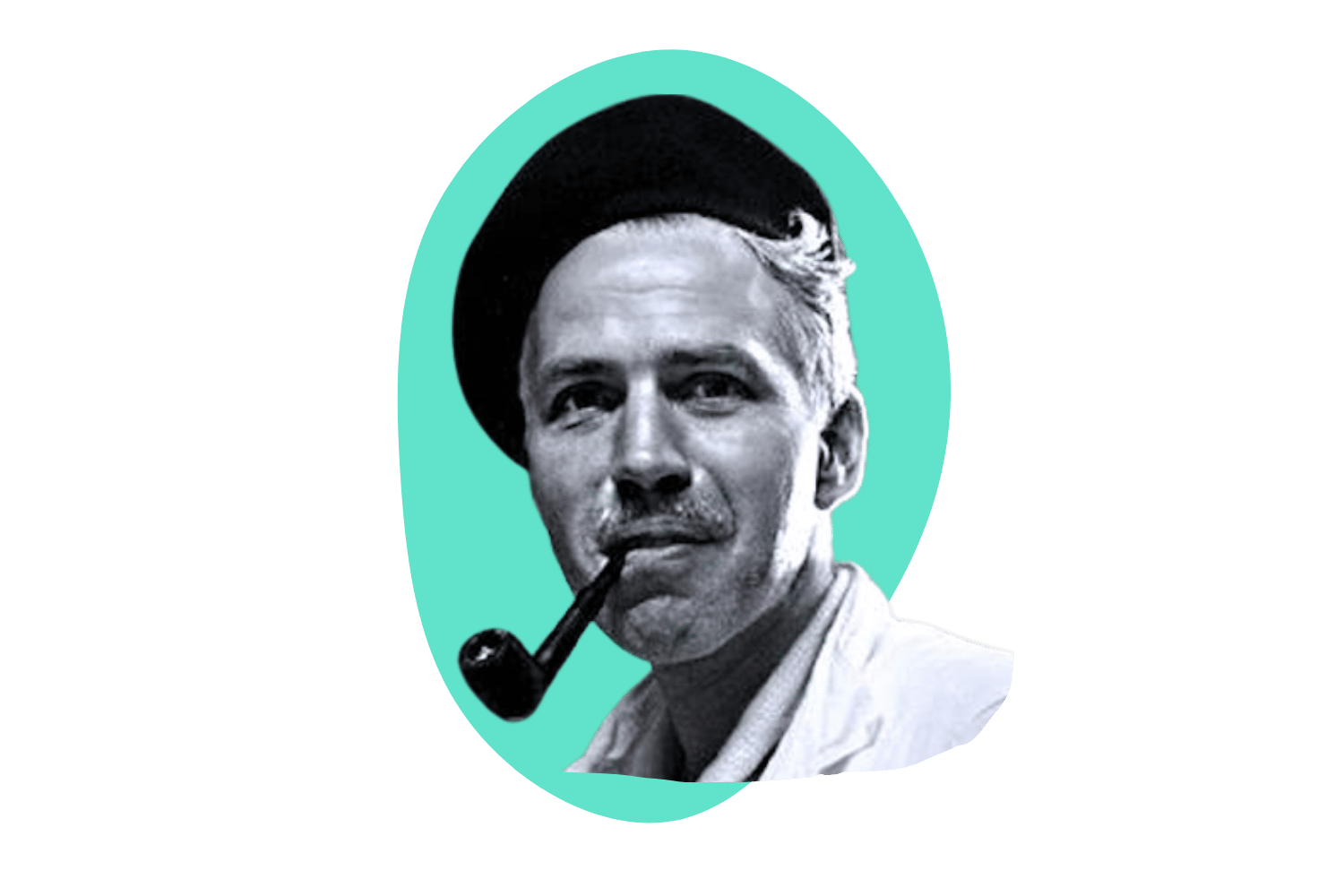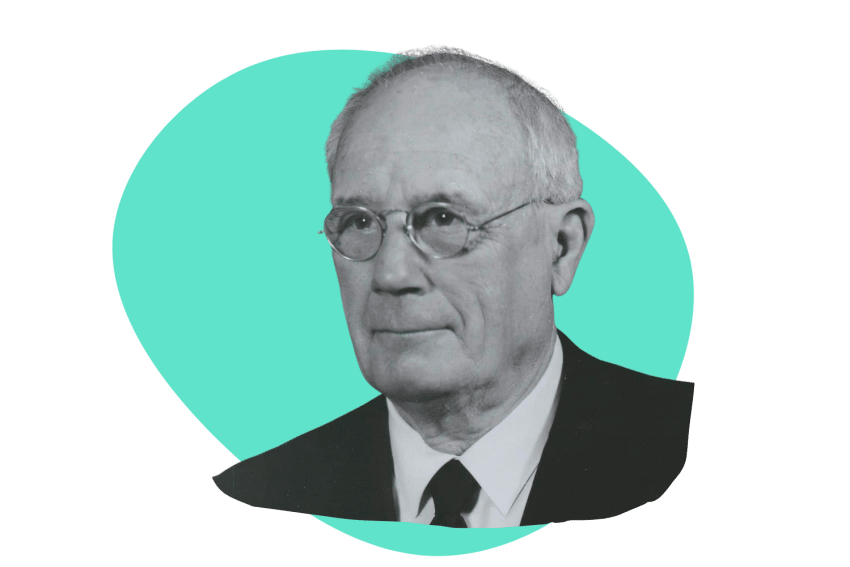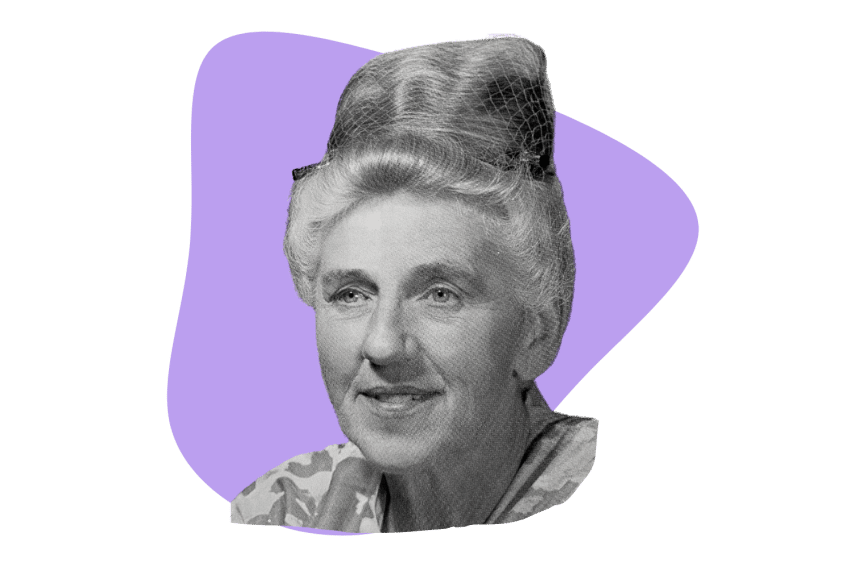Maria Sabina: The Mother of Mushrooms
“Get smarter every day by listening to your intuition, looking at the world with the eye on your forehead” — Maria Sabina Magdalena García
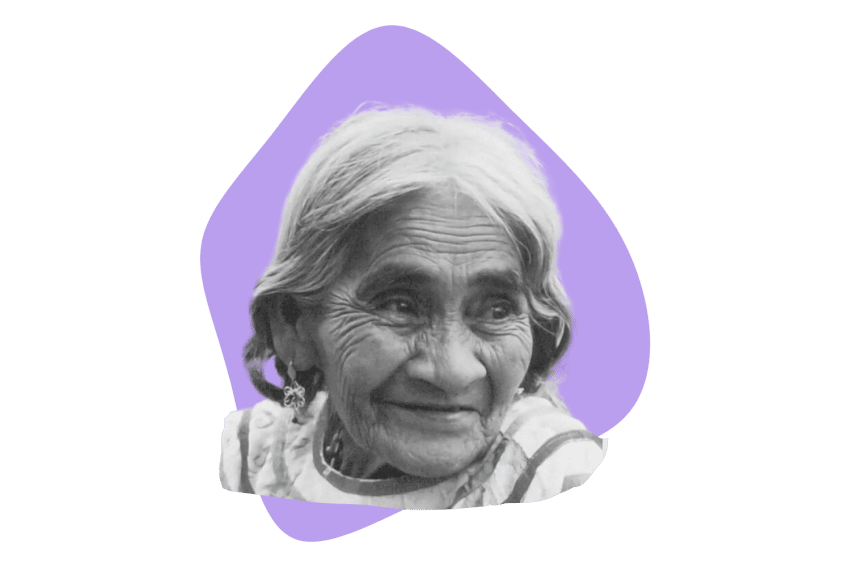
The mother of mushrooms (Maria Sabina) is arguably the most iconic indigenous woman in the psychedelic space. Her poetry and words of wisdom touched hearts and changed the lives of many, and her knowledge of the sacred mushroom was profound.
She introduced the west to psychedelic mushrooms and may have inspired influential figures as prominent as John Lennon of The Beatles to go forth and create works of art that would become timeless.
The life of Maria Sabina was truly spectacular, and it’s a story well worth knowing.
In this article, I’ll take you to the small town of Huautla de Jiménez in Oaxaca, Southern Mexico, to tell you the story of this fascinating healer, shaman, and wise woman.
Who Was Maria Sabina?
Maria Sabina Magdalena García was a Mazatec sabia (meaning “the one who knows” in Spanish). She was a curandera (a medicine woman) who lived in Huautla de Jiménez — a small town in the state of Oaxaca in Southern Mexico.
Although known as a curandera, Maria made it very clear that she didn’t practice traditional shamanism or worship the ancient Gods. Instead, she would use the sacred mushroom to connect with the Christian God, Jesus, and the many saints.
Maria Sabina lived most of her life in the small mountain town where she was born, working the land to pay for life’s necessities and, quite often, beer and cigarettes. She didn’t know how to write and couldn’t read, but she shared her wisdom of “the sacred mushroom” (Psilocybe caerulescens) with many through speech and song.
Although she lived simply, Maria’s life was far from easy. It took many twists and turns and was filled with trauma, loss, and sacrifice. Regardless, she retained her faith and the ways of the Mazatec culture. The life of this wise woman is genuinely fascinating from beginning to end…
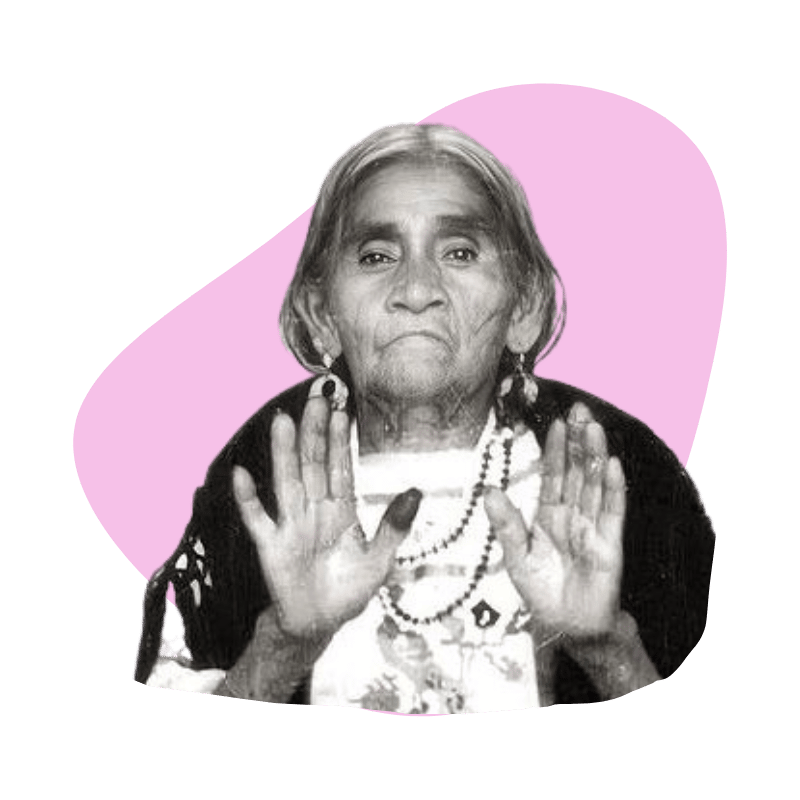
The Life of Maria Sabina
Maria Sabina was raised by her two parents, known as campesinos (peasant farmers). They worked the land to provide for Maria and her younger sister.
Many of the men on Maria’s father’s side of the family were shamans. They used to collect the local psychedelic mushrooms and consume them in ceremonies to communicate with God.
It was Maria’s exposure to the ceremonies and rituals her father and her uncles practiced that sparked her interest in the world of shamanism and the sacred mushroom. She stated that she would hear the chants and songs from the mushroom rituals most nights before she slept. This made her long to enter an altered state of consciousness to connect with her God.
Before she reached her teens, Maria started to experiment with magic mushrooms.
After her father passed away, Maria was raised by her maternal grandparents (also farmers) in their house. When she reached 14, she married her first husband — Serapio Martínez. Serapio was around 20 years old and worked as a street vendor when he married. Maria and Serapio would go on to have three children together.
Her husband would often travel to Tehuacán to trade. On one of his trips, he joined the Carranza forces to participate in the Mexican Revolution. Sadly, upon his return, Serapio Martínez died from an illness he caught while fighting.
After her husband’s passing, Maria continued to farm the land and care for her three children. Twelve years passed until she remarried. Maria married a man by the name of Marcial — a healer. He was an alcoholic and was extremely violent to Maria, her children, and her mother.
Maria and Marcial had six children; astonishingly, five died at very young ages. Marcial was killed several years later when he was caught cheating by his lover’s children.
After the death of her second husband, Maria Sabina decided to sell her chickens and purchase a mule. She would use the mule to carry merchandise to trade — much the same as her first husband, Serapio Martínez, did. Her children would help her in her business pursuit, which was just enough to support the family.
During her trading venture, her sister fell extremely ill. The local healers tried everything to help her, but her condition would only decline. Confronted with her sister’s illness, Maria took charge and used the sacred mushroom to develop a cure for her.
Her sister recovered quickly, and Maria Sabina’s healing abilities and knowledge became known. This is where the wise woman and “mother of mushrooms” that we know and love was born…
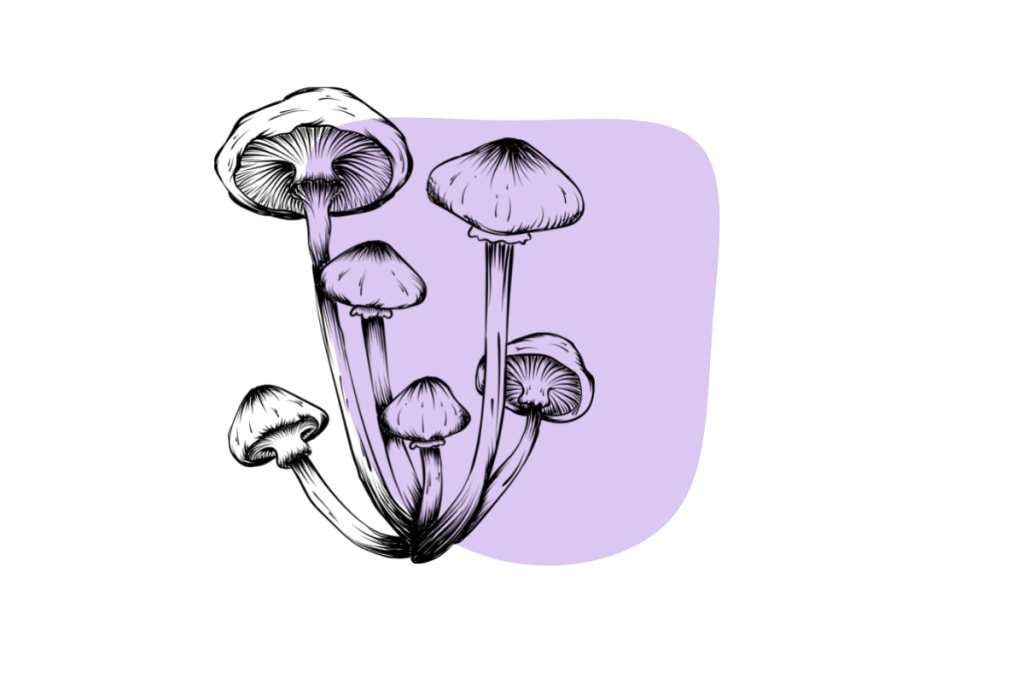
Maria Sabina & Sacred Mushrooms
Maria Sabina became famous because of her ceremonies involving psychedelic mushrooms. She would collect several different types of magic mushrooms from the mountains that surrounded her village. The most common species used were Psilocybe caerulescens, but she would also collect Psilocybe mexicana and Psilocybe cubensis.
Maria would use these magic mushrooms for physical and spiritual healing. She would hold hundreds of mushroom ceremonies throughout her life and eventually introduced the west to the magic mushroom.
This humble, wise woman from the small town of Huautla de Jiménez would unintentionally become world-famous. Hundreds of Westerners would eventually come to meet Maria and take part in her mushroom ceremonies.
Maria appeared in LIFE Magazine during the 50s, and celebrities such as John Lennon, Bob Dylan, Mick Jagger, Pete Townshend, and supposedly Walt Disney made the journey to Mexico to have a mystical experience with Maria.
So, how did it all start?
How It All Began
Maria Sabina cured her sister’s illness with magic mushrooms. She didn’t give her sister the psychedelic fungi; instead, she consumed them herself and took a walk into the mountains. The mushrooms then showed Maria which herbs to pick for her sister.
After walking through the mountainous regions outside her village, tripping on psychedelic mushrooms, Maria returned with the medicinal herbs that would heal her sister. Of course, this astonished the local healers trying to cure her, and the news of Maria’s miraculous healing abilities quickly spread throughout the village.
Maria Sabina then became famous among Huautla de Jiménez. She became the local priestess, shaman, and poet — they called her La Señora (the wise woman).
She held veladas (ceremonies) that would include using psilocybin-containing mushrooms, tobacco smoke, mezcal (an alcohol made from agave), and ointments made from medicinal plants. She would use Mazatec chants accompanied by beautiful poems, incantations, and dance to create a “shamanic trance.”
While under the influence of the sacred mushroom, Maria would heal the person in need during the ceremony. She had great success with her healing but gave all credit to the mushrooms.
She called the psilocybe mushrooms her niños santos (holy children). She never wanted praise for her healing or words because she said that her holy children spoke through her — she was just a vessel and an interpreter for the psychedelic fungi.
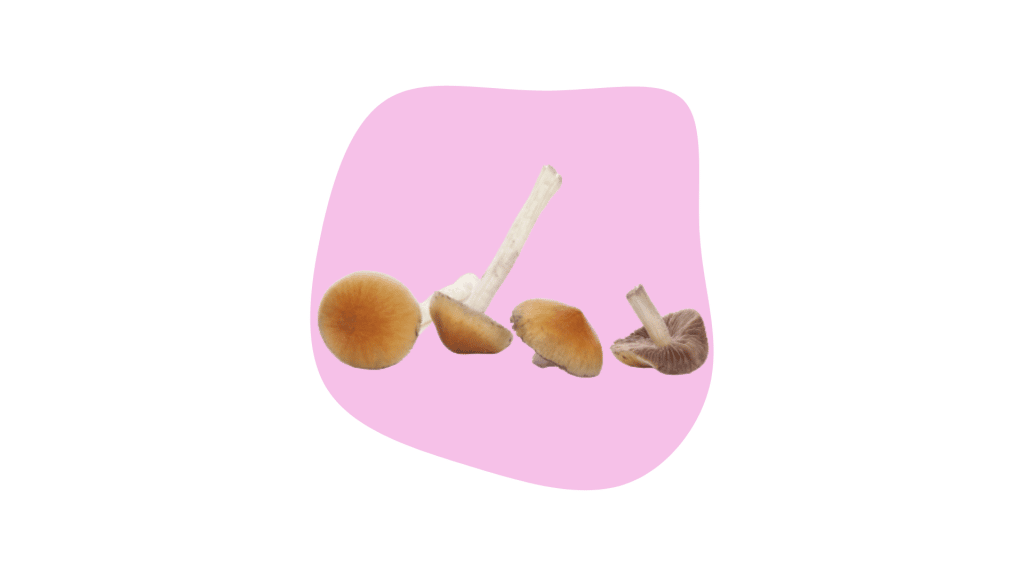
Maria Introduces “The West” to Psilocybin
Maria Sabina was the first healer to accept foreigners into traditional Mazatec ceremonies.
A team of foreigners from North America came to meet Maria Sabina in her village in 1953. The mycologist Robert Gordan Wasson, a scientist by the name of Roger Heim, and Guy Stresser-Péan (their guide) traveled to Huautla de Jiménez to launch a multidisciplinary survey on her practices.
This group of foreigners was responsible for bringing psilocybin-containing mushrooms to the scientific eye. It’s claimed that the preceding studies into psilocybin in the west wouldn’t have happened if it wasn’t for these three people.
Robert Gordan Wasson returned to America and published an article in LIFE magazine (1957). The publication “Seeking the Magic Mushroom” described the events on his trip and his experiences with Maria Sabina.
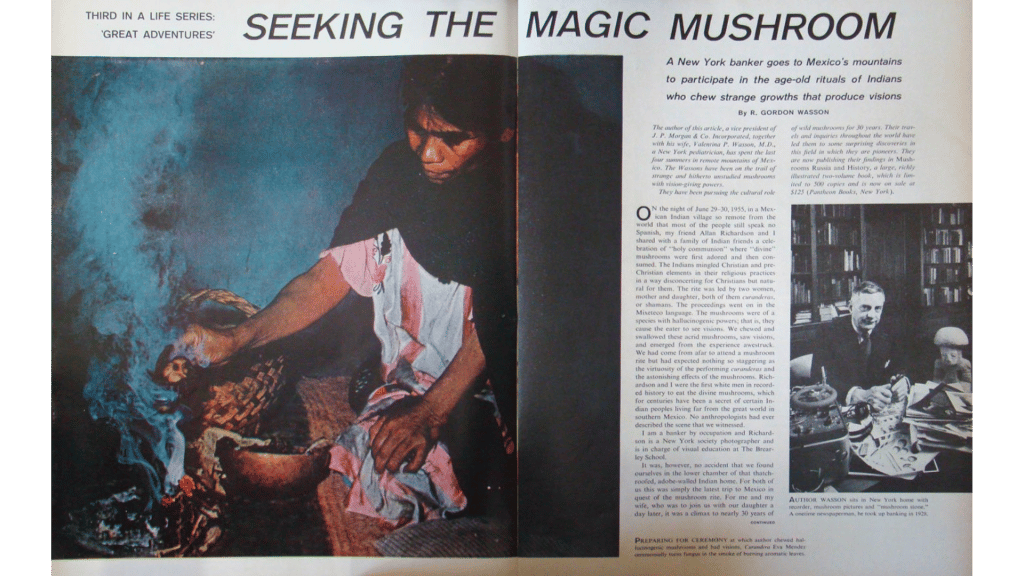
This publication went viral after its release, and it triggered the interest of everyone from scientists to mycologists and hippies to celebrities. Folks such as Terence McKenna, Dr. Alexander Shulgin, and Timothy Leary were all inspired to engage in their journeys into the world of psychedelics after reading this article.
Over the next decade, Maria Sabina would receive countless foreigners who traveled to her small village to experience her mushroom ceremonies. Scientists would come to understand how these ceremonies worked, and others would come to have a mystical experience with psychedelic mushrooms.
The surge in popularity of Maria Sabina would cause a sort of “snowball-effect.” The more people that returned from the village, the more people would arrive after hearing stories of mystical experiences.
Several famous westerners started to turn up during the 1960s, including Bob Dylan, John Lennon, Keith Richards, Pete Townshend, Mick Jagger, and (apparently) Walt Disney. However, these are simply reports, and there’s no photographic evidence to prove any of these celebrities visited Maria.
Supposedly, the experiences these influential creative figures would have with Maria Sabina would shape how they made their art. The “trippy” sound of The Beatles, the iconic music of The Who, and even the fantastic universe of Disney could all be thanks to this humble, wise woman that lived in rural Mexico.
We know that several influential figures in the psychedelic space traveled to participate in Maria Sabina’s mushroom ceremonies. Albert Hofmann (the first man to synthesize LSD) and Aldous Huxley (the author of the masterpiece Brave New World) both tripped on Maria’s sacred mushrooms back in the 60s.
Maria famously said, “it’s true that Wasson and his friends were the first foreigners who came to our town in search of the Holy Children (the mushrooms) and that they didn’t take them because they suffered from any illness. Their reason was that they came to find God.”
Maria saw the differences in cultures and knew that most of the westerners that arrived were there only to trip on her mushrooms, not to appreciate her culture or be cured.
Unfortunately, the influx of foreigners to Huautla de Jiménez got Maria in a lot of trouble. This would lead to a tragic turn of events for Maria and her family.
Also see: List of the Top 10 Most Influential Women in Psychedelics.
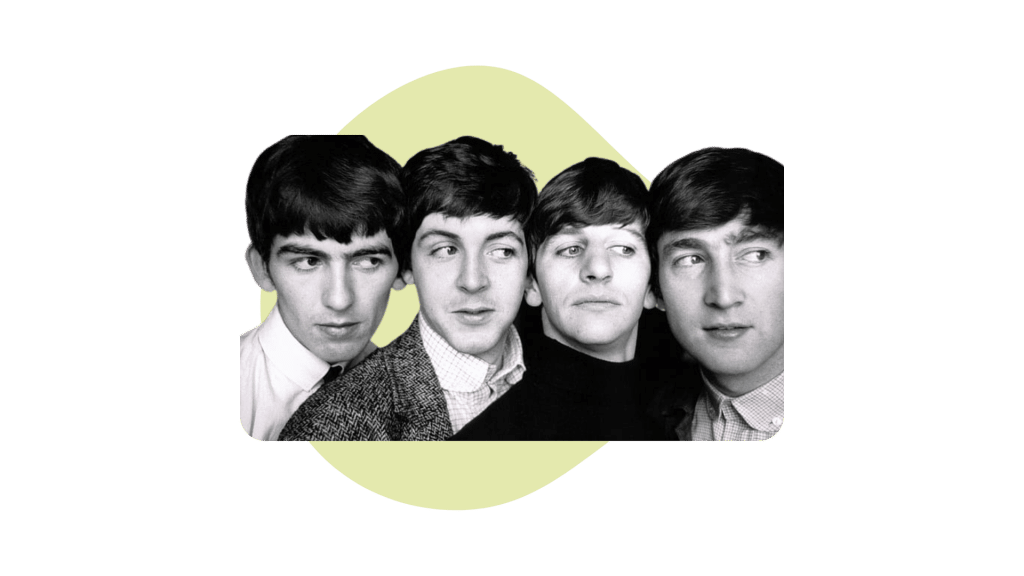
The Unfortunate Events That Preceded
During the 60s, countless foreigners went to Huautla de Jiménez to partake in Maria’s mushroom ceremonies. This caused her a lot of stress and trouble that would ultimately change her life.
The police accused Maria of drug dealing, and the westerners that came were losing control while under the influence of psilocybin. They were disrespecting the land and the locals.
Maria knew that these foreigners were causing problems for her and her community. However, she didn’t know how to stop them from coming. She tried to explain that her ceremonies were not a way to “find God” but a way to cure and heal people.
She used to say, “if you want to find God then you must go to mass, not stay up with the little-one-who-springs-forth (have an experience with the mushrooms).”
Maria also said, “from the moment the foreigners arrived to search for God, the saint children lost their purity. They lost their force; the foreigners spoiled them. From now on they won’t be any good. There’s no remedy for it.”
Sadly, Robert Gordan Wasson and his team ruined the sacred mushroom and Maria Sabina’s life (at least as she knew it) by writing a single article in LIFE Magazine.
Instead of outlining the Mazatec culture and how Maria used these psychedelic mushrooms to heal people, Wasson wrote about divine experiences, euphoria, and seeing God. This enticed people to go to the small village of Huautla de Jiménez in search of the mystical experience, all while wreaking havoc on the locals and disrespecting their culture.
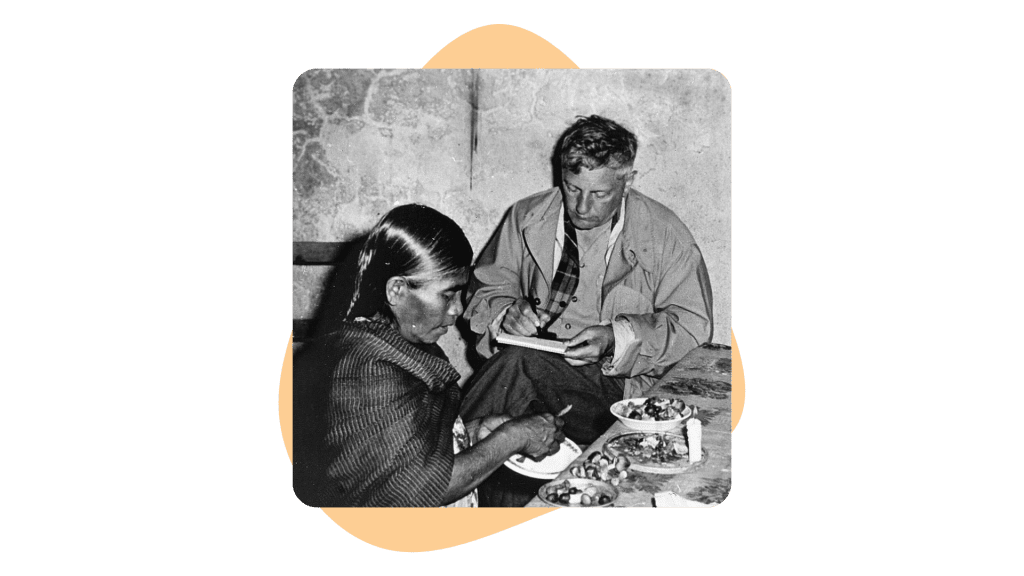
Shamed By Her Community
Eventually, the community that Maria Sabina had been a part of all her life had enough of the foreigners coming in and causing trouble in the village. The community was offended by the commercialization of its rituals, and they would no longer stand for it.
The community blamed Maria Sabina for this influx of tourists and their disrespectful ways. The village rejected Maria and burned her house to the ground.
Maria now had nowhere to live, and the friends she once knew, loved and healed despised her. However, being the wise, strong woman she was, she wouldn’t let this get her down.
Powered and supported by fame, Maria Sabina started to travel around Mexico. She would go from one city to another, presenting her practices to various audiences. Maria remained humble, and her faith never faded.
She preserved the ancient rituals and ceremonies of the Mazatec culture and shared them with the world. Her words spread across the globe, and her chants and poems saw the eyes of several different cultures — all of whom could appreciate their power.
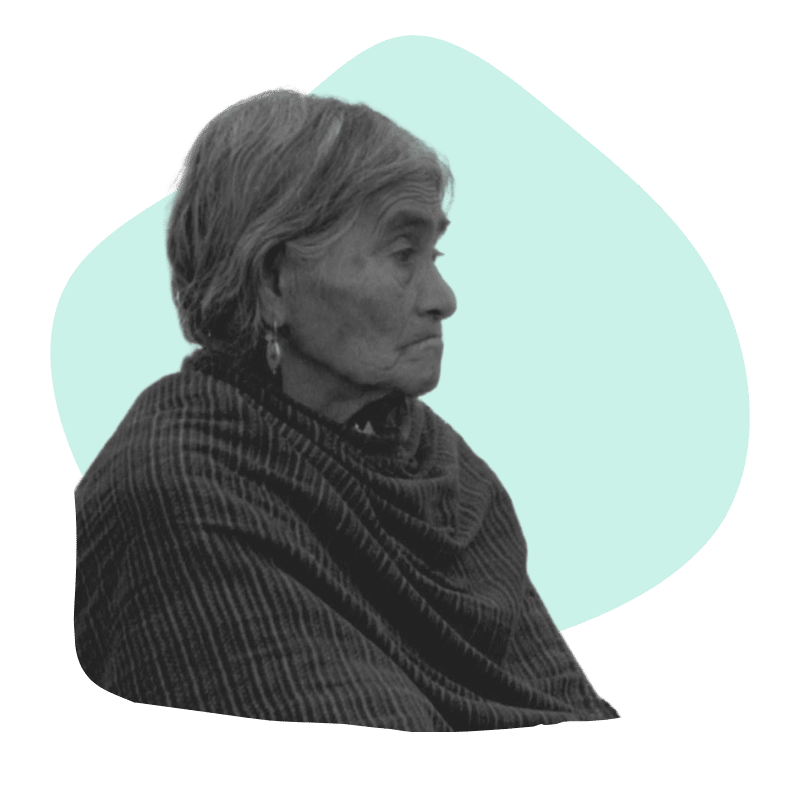
The End of an Era and the Start of a Legacy
Maria Sabina died on November 22, 1985, at 91.
She lived a long, fulfilling life that was also filled with struggles. She was a healer and an important part of her community. She introduced the west to the psilocybin mushroom and inspired several people inside and outside the psychedelic world.
Even after her death, Maria Sabina’s story intrigues and inspires many. Although dead in body, she lives on in spirit through the many powerful and wise words she once spoke…
Maria Sabina Still Teaches Us Many Lessons
Although Maria Sabina passed in 1985, her words can still teach many lessons. Her words of wisdom serve as advice for us all, even today in this modern world.
Alvaro Estrada compiled many recordings of Maria’s Veladas between 1955 and 1970. These recordings were later translated into Spanish and English and turned into a book titled “Maria Sabina, Her Life, and Chants.” You can read many of Maria’s chants and poems in this book.
For now, here’s one of Maria Sabina’s most powerful and famous pieces of poetry:
“Cure yourself with the light of the sun and the rays of the moon. With the sound of the river and the waterfall. With the swaying of the sea and the fluttering of birds.
Heal yourself with mint, neem, and eucalyptus.
Sweeten yourself with lavender, rosemary, and chamomile.
Hug yourself with the cocoa bean and a touch of cinnamon.
Put love in tea instead of sugar, and take it looking at the stars.
Heal yourself with the kisses that the wind gives you and the hugs of the rain.
Get strong with bare feet on the ground and with everything that is born from it.
Get smarter every day by listening to your intuition, and looking at the world with the eye of your forehead.
Jump, dance, and sing, so that you live happier.
Heal yourself with beautiful love, and always remember: you are the medicine.”
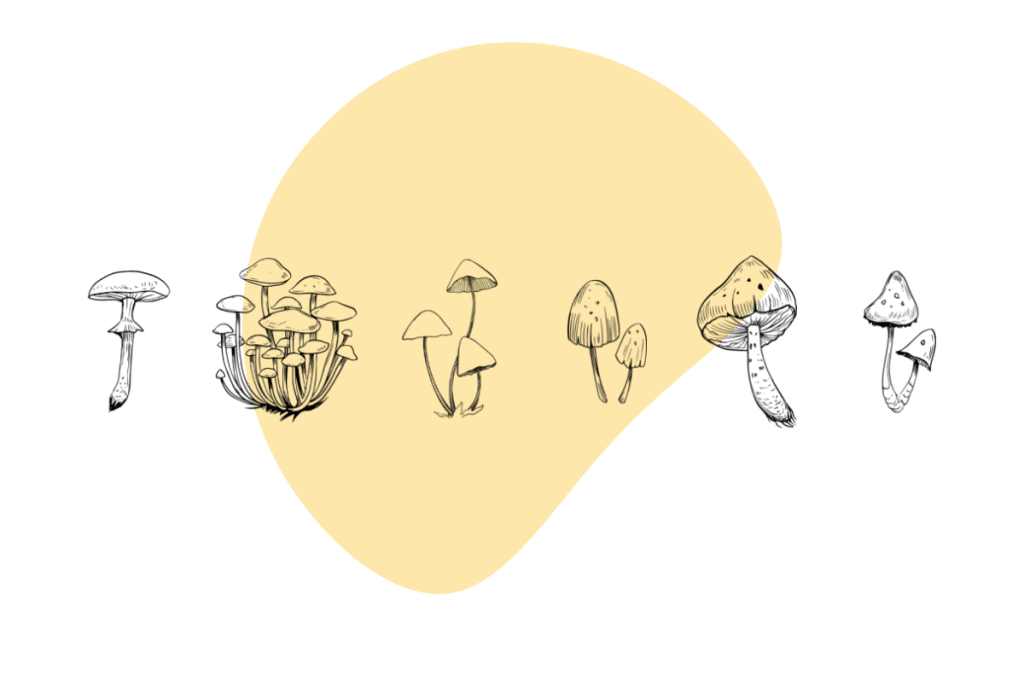
Maria Sabina Quotes
As mentioned, Maria Sabina is highly regarded for her powerful words. She is considered one of Mexico’s greatest poets. However, she never took direct praise and credit for her poetry because she said it was simply the sacred mushrooms that spoke through her, not any work of hers.
Maria couldn’t read or write, and her words of wisdom may have never been recorded if it wasn’t for the people who came to participate in her Veladas. Luckily, much of her poetry and shamanic chants were recorded in writing and can still be enjoyed today.
Here are some of Maria Sabina’s most famous words:
1. Because You Gave Me Your Clock
“Because you gave me your clock
Because you gave me your thought
Because I am a clean woman
Because I am a Cross Star woman
Because I am a woman who flies
I am the sacred eagle woman, says
I am the Lord eagle woman, says
I am the lady who swims, says
Because I can swim in the immense
Because I can swim in all forms
Because I am the launch woman
Because I am the sacred opossum
Because I am the Lord opossum
I am the woman Book that is beneath the water, says
I am the woman of the populous town, says
I am the shepherdess who is beneath the water, says
I am the woman who shepherds the immense, says
I am a shepherdess and I come with my shepherd, says
Because everything has its origin
And I come going from place to place from the origin.”
2. I Am Wise
“I am wise even from within the womb of my mother. I am the woman of the winds, of the water, of the paths, because I am known in heaven, because I am a doctor woman.”
3. A World Beyond Ours
“There is a world beyond ours, a world that is far away, nearby, and invisible.”
4. The Sickness
“The sickness comes out if the sick vomit. They vomit the sickness. They vomit because the mushrooms want them to. If the sick don’t vomit, I vomit. I vomit for them and in that way the malady is expelled.”
5. The Ninos Santos (The Sacred Mushrooms)
“The ninos santos (Psilocybe mexicana) heal. They lower fevers, cure colds, and give freedom from toothaches. They pull the evil spirits out of the body or free the spirit of the sick.”
6. Wasson & His Friends
“Some of these young people sought me out for me to stay up with the Little-One-Who-Springs-Forth. ‘We come in search of God,’ they said. It was difficult for me to explain to them that the vigils weren’t done from the simple desire to find God but were done with the sole purpose of curing our people’s sicknesses.
But when the foreigners arrived to search for God, the saint children lost their purity. They lost their force; the foreigners spoiled them. From now on, they won’t be any good. There’s no remedy for it.
It’s true that Wasson and his friends were the first foreigners who came to our town in search of the saint children and that they didn’t take them because they suffered from an illness. Their reason was that they came to find God.”
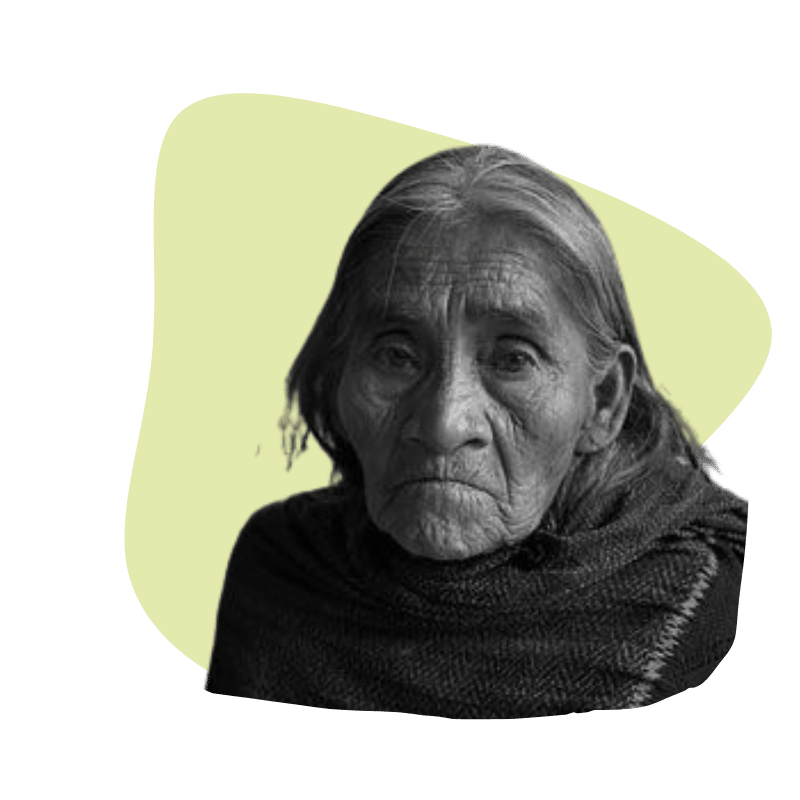
Summary: Maria Sabina
The life story of Maria Sabina is genuinely fascinating. She had knowledge and wisdom that came from another plane — a spiritual plane. A religious woman with a big heart, a passion for healing, and a calling to teach — Maria Sabina touched the lives of many, both within her community and far outside.
She worked the land most of her life, raising chickens and growing food for her family and the local community. She knew the local flora well and would heal using psilocybin-containing mushrooms and the many medicinal plants that grow there.
Several Westerners visited Maria Sabina to partake in her mushroom ceremonies.
Influential people such as John Lennon, Aldous Huxley, and even Walt Disney may have been inspired by what they saw during their experiences with Maria Sabina. However, this would eventually lead to her demise within her community and taint the Westerner’s view of the Mazatec people.
Maria Sabina Magdalena García died in 1985, but her spirit lives on through her words of wisdom, chants, and poetry.



